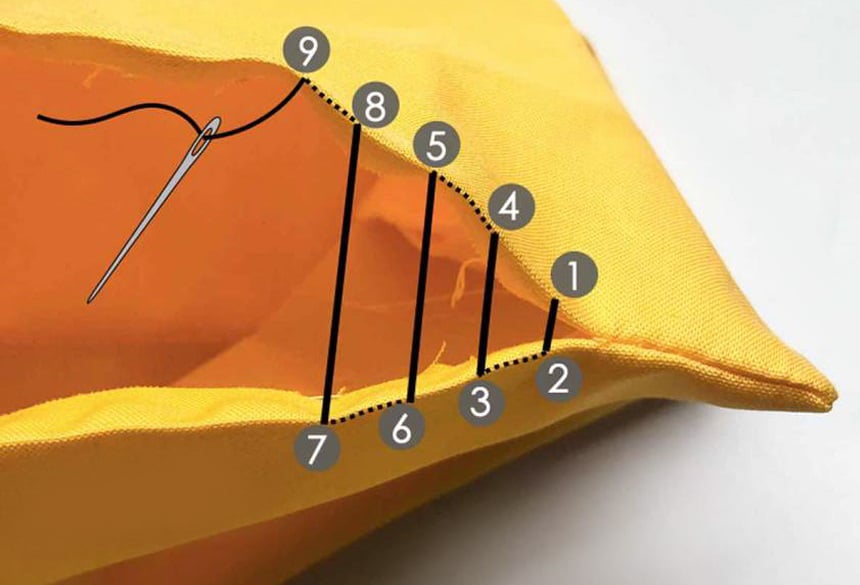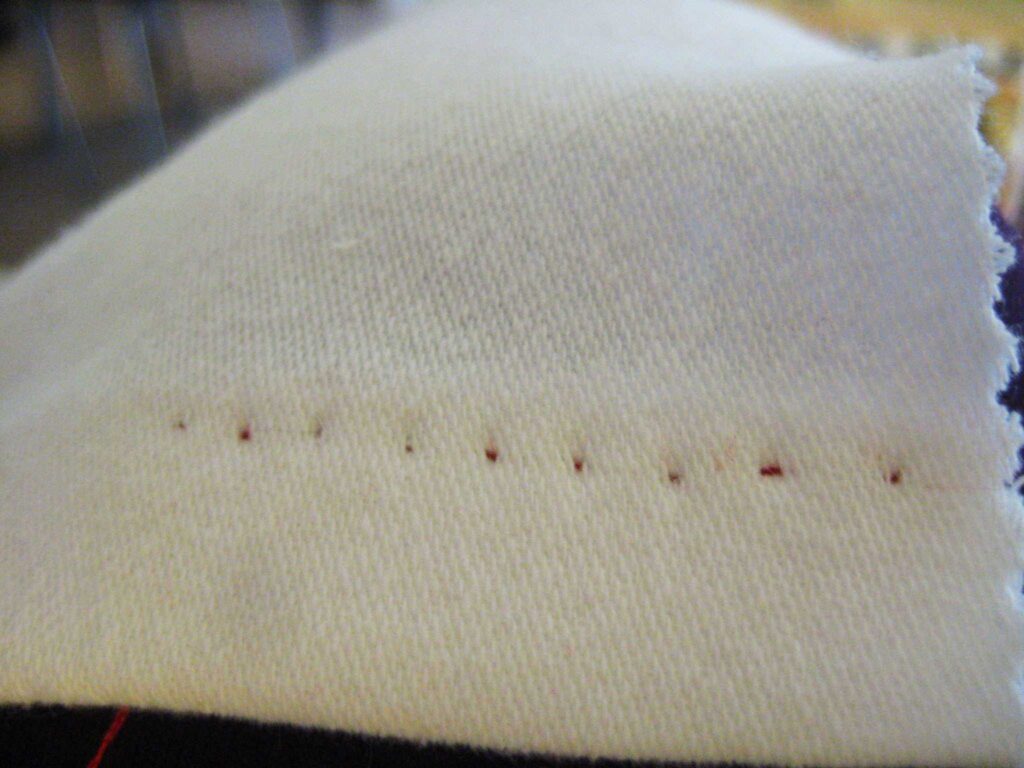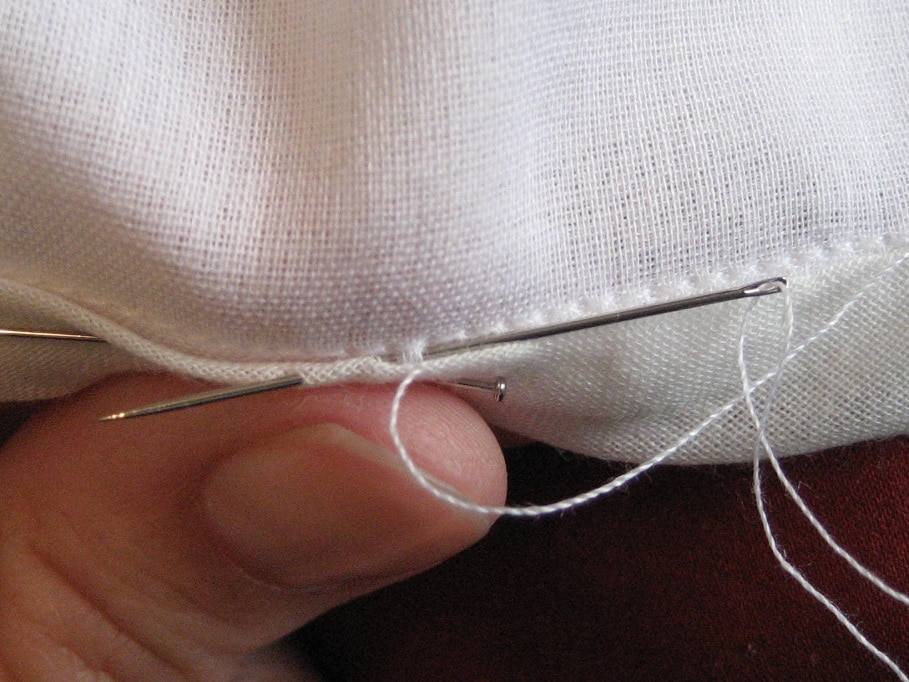

Stitching is an essential part of the sewing process, and they also make up critical aspects of the art of knitting, embroidery, crotchet and needle-lace making. The nature of stitching helps to convey a better, more attractive finishing look to a garment. For this reason and more, many types of stitches have been identified. One of such stitches is the invisible stitch which aims to keep the sewing thread as hidden as possible.
Many types of techniques can be used in producing this invisible stitch, and the various techniques utilized by many tailors or knitters are characterized by variations in the formation of the needle loop and might also be differentiated based on the purpose of the stitch, the direction of the sewing and other methods.
That said, the techniques could also vary in functionality, with different techniques being more applicable to different situations.
The concept of an invisible stitch implies that the sewing thread used in stitching the garment should remain unseen from the front of the garment. This stitch could be produced by hand but is much easier with a computerized sewing machine possessing built-in stitches.
One of the very first sewing tips to take note of when attempting an invisible stitch is that for the best result, a matching thread should be used. This means that the shade of the thread should match the shade of the fabric.
If getting the same shade of thread proved difficult, a slightly darker shade should be used as this would be more difficult to pick out than a slightly lighter shade or a different color of thread.
Having made a note of the importance of thread selection to the process of producing invisible stitches, it should also be pointed out that when stitching by hand, the ends of the thread used to thread the needle should not be tied into a knot so that the whole process is carried out with a single thread. As such, the thread used should be strong enough. A good thread should be very suitable to hand sewing and is made of sturdy, quality material. One of such is the MILIJA Polyester Threads which also come in many colors.

As implied by the name, this stitching method is used in hemming garments. It utilizes a technique where small slanting stitches are made, starting on the wrong side of the garment where the fold exists and catching the front fabric with very small stitches.
To make the invisible hem stitch:

This method is most appropriate when the edges of two different fabrics are to be joined together. The method could also be quite useful in closing openings and joining seams. The invisible ladder stitch is handy in mending clothes or joining two different fabrics together as part of a design.
To make the ladder stitch:
This can also be used in hemming, but the hemstitch is not very visible from the back. Due to this advantage, it is mostly used in place of the hemstitch and is also a favorite when transparent or see-through fabrics are being worked upon.
To produce the invisible slip stitch:

The significant advantage of a lock stitch over other stitching methods is that its technique confers more strength. As such, the stitch doesn’t unravel even when the thread breaks in-between.
To produce an invisible lock stitch:

This type of stitching is usually utilized in jackets to sew the lining and finish the edges. This is due to its suitability for sewing a seam or joining two fabrics, as in a jacket lining. It is very similar to a backstitch, but it is done in such a way that the stitching in front is about a ¼ inch apart and appears as small dots, while the stitching on the wrong side is made up of uniform continuous lines.
An invisible hemstitch can be produced with a sewing machine also. To achieve this, you would need to use the blind hem foot on the machine. The machine would also need to be set to the blind hem stitch, and an appropriate stitch length should be determined.
Once this is done, move the blind hem foot and put its straight plastic edge against the folded hem and start sewing at your pace.
The process of making an invisible stitch could, however, be made easier using certain sewing machines. A typical example of such a machine is the SINGER 7258 model, which is electric, has computerized stitches and an automatic needle threader.
If getting the same shade of thread proved difficult, a slightly darker shade should be used as this would be more difficult to pick out than a slightly lighter shade or a different color of thread.
Your tailoring or sewing education cannot be complete without knowledge of stitches and their various types. This is because the different types of stitches might be suitable for different garments. Even the use of a sewing machine doesn’t negate the suitability of certain stitches for certain situations.
Based on this, whether sewing by hand or with a machine, the knowledge of stitches and how to make them right is important. This knowledge extends to the use of invisible stitches also. These stitches are usually hard to pick out unless a garment is inspected closely.
The nature of invisible stitches enhances the finishing of a garment as they help the garment look seamless, unbroken and perfect rather than patchy. If you weren’t versed in invisible stitches before, I hope this has corrected that.